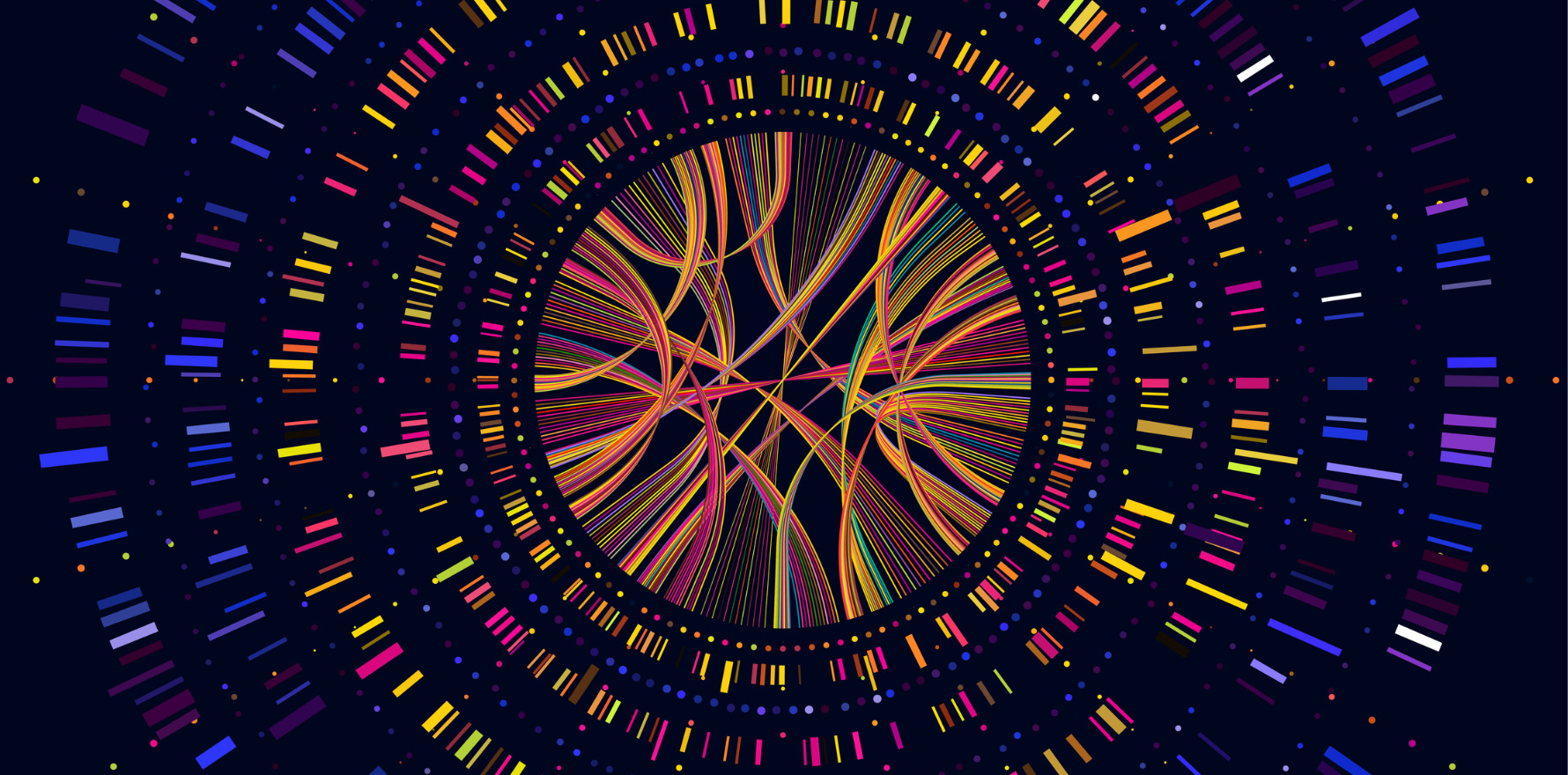An Australasian connection keeps yielding a deeper understanding of gout.
An international study including researchers from Australia and New Zealand has added to the growing body of evidence that genetics play a major role in the development of gout.
The study, led by University of Otago researchers and published in Nature Genetics earlier this month, sheds light on the inflammatory mechanisms linked to gout – in particular hyperuricemia and the deposition of monosodium urate crystals.
The researchers analysed data from a genome-wide association study (GWAS) involving 2.6 million individuals, including 120,295 with gout. They identified 377 loci associated with the condition, 149 of which were newly reported.
The findings highlight several candidate genes that play roles in the inflammatory response, particularly in processes like epigenetic remodelling and NOD-like receptor protein 3 (NLRP3) inflammasome activity.
The researchers’ analysis suggested that clonal haematopoiesis of indeterminate potential may causally contribute to gout. These insights pave the way for further research into the genetic and molecular pathways involved in gout’s inflammatory pathology, potentially guiding future therapeutic strategies.
Senior author Professor Tony Merriman, of Otago’s Department of Microbiology and Immunology, said he hoped the findings would remove some of the stigma around gout.
“Gout is a chronic disease with a genetic basis and is not the fault of the sufferer – the myth that gout is caused by lifestyle or diet needs to be busted,” he said.
“This widespread myth causes shame in people with gout, making some people more likely to suffer in silence and not go and see the doctor to get a preventive drug that lowers urate in the blood and will prevent their pain.
“People need to understand that while specific dietary factors, such as eating red meat, can trigger gout attacks, the fundamental cause is high urate levels, crystals in the joints, and an immune system primed to ‘attack’ the crystals – genetics plays an important role in all of these processes.”
Professor Merriman told Rheumatology Republic the detection of new loci in urate and gout was significant.
“The significance of this lies in the discovery of loci involved in the inflammatory process of gout, the genetics of which [i.e. why some people with urate crystals in their joints get gout and others don’t] was previously very poorly understood,” he said.
“As compared to the genetics of hyperuricemia, for which there are multiple very large genome-wide association studies.”
The large number of immune genes and immune pathways identified in the study provide new targets and approaches for preventing gout attacks. Professor Merriman said he hoped this would translate to improved treatment for gout sufferers.
“We hope that, in time, better and more accessible treatments will become available with the new targets we identified,” he said.
One option could be the repurposing of a drug used to treat a range of other immune-related diseases, including rheumatoid arthritis. Tocilizumab targets a receptor for an immune signaller, interleukin-6, which the research identified as a new gene for gout.
“Gout deserves more health spend resource and greater prioritisation in the health system,” said Professor Merriman.
Professor Merriman told RR the need to reduce stigma around gout so that people would seek treatment was more important than ever, given The Lancet article in August that forecast a massive growth in the number of people around the world with gout, in particular Australia.
He said it was also important to consider that gout was comorbid with cardiorenal disease and diabetes.
“Gout is often the first of these to strike someone,” he said.
“If they feel comfortable getting to a physician [i.e. the physician understands that gout is a chronic condition not the fault of the sufferer] and getting treatment, this means they would be ‘in the system’ with a greater chance of detecting these other diseases earlier and getting treated earlier.”




